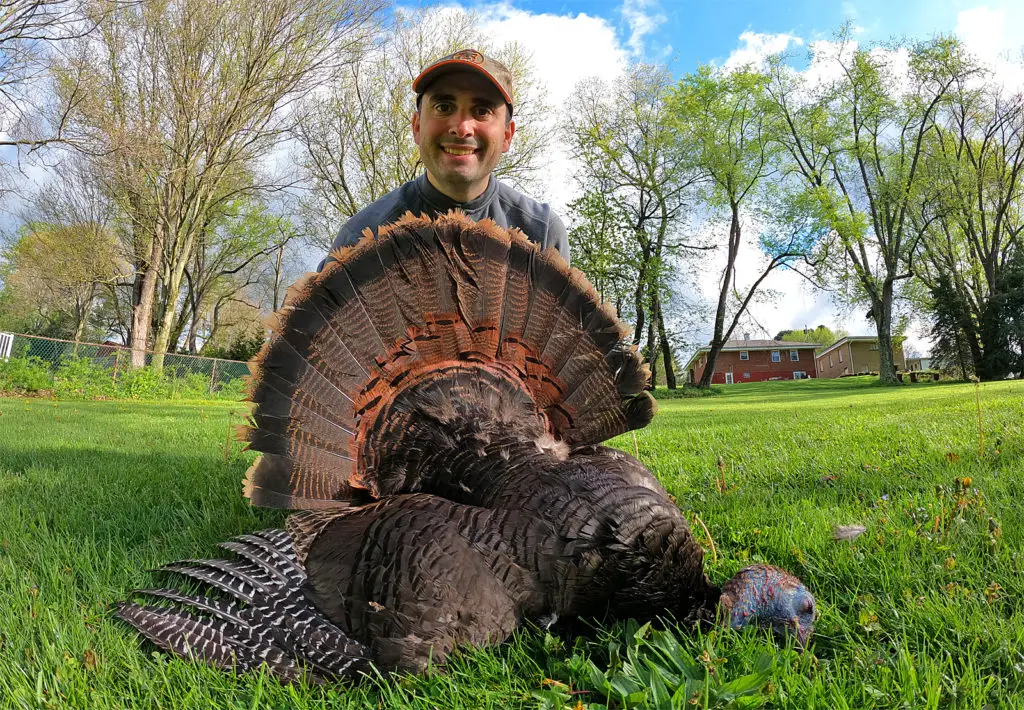Can you effectively hunt the same spot or even the same bird twice in one day? What about if you spooked that bird? Most people would say no, but most people would be wrong. Not only is it possible to take a second pass at a spot but at times it can be your best prospect to bring home a nice gobbler. On this episode I talk about when and how to hunt spots and birds twice in the same day. Tetra Hearing Free 2-Year Service Plan. Just add this Service Plan to your cart and use this code at checkout: NEWHUNTERSGUIDE
There are numerous scenarios where you might want to hunt a spot twice in the same day.
Perhaps a gobbler came off the roost and started towards you but was pulled another way by hens, or maybe the bird came off the roost in the opposite direction of you and never even looked your way. He may come back later once he has finished mating and look for that early hen he heard but did not go to. This is very common.
Maybe you are in an area that has a lot of turkey activity but there were no birds there that morning, it was completely vacant and quiet. It may very well be that you are in a good spot that birds come to, it is in their regular territory, and they will move into that area later in the day. If you have good sign, you have good reason to hang out or come back later.
Say you spooked a bird early in the morning and it ran away. As long as the bird did not catch you calling and trying to impersonate another turkey, there is a chance that after a couple hours it will return, hoping the threat has moved on, and look for that hen. Many things spook turkeys, every day, constantly. They may run, wait, or hide, until the danger passes and then they continue on, perhaps with more caution but eventually they get back to normal. As long as the bird thinks the calling it heard was another turkey, it may wait out the threat and come back when it seems safe.
There are many other factors beyond breakfast that contribute to why you may want to leave a spot and come back as well. Perhaps you have turkeys in the area in the morning, but none came towards you. You have a great area for running and gunning that you want to go to after the initial morning action dies down. After that, your best prospect may be to return to the area that had the initial action because you know there are birds in the area.
For much more detail and information, listen to the entire podcast episode!

